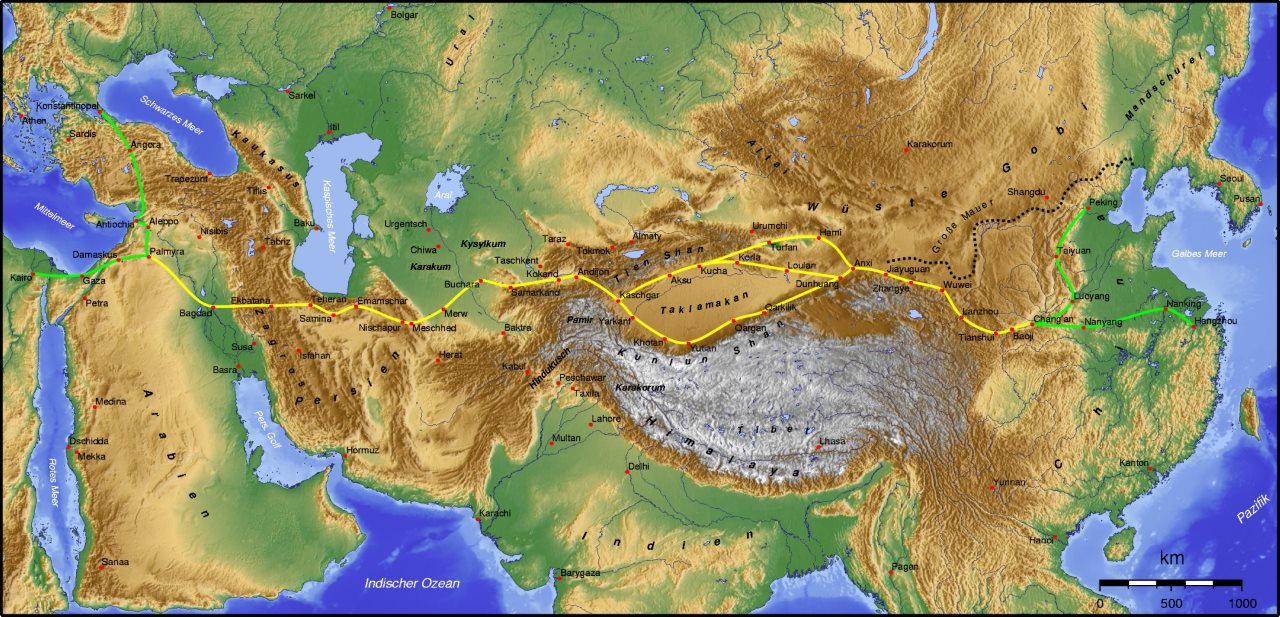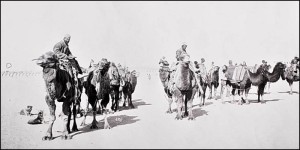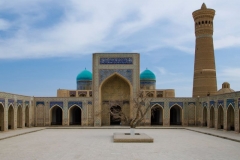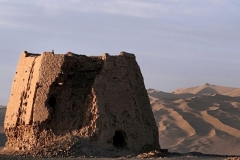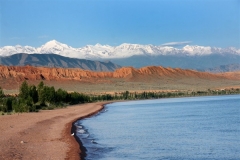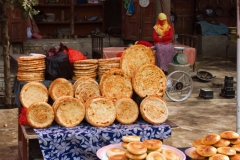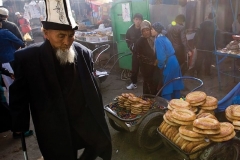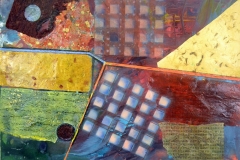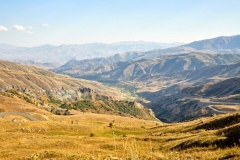BASIC INFO
The Silk Road represents an early phenomenon of political and cultural integration due to inter-regional trade being not only a trade route, but also a splendid cultural bridge liking the cultures of China, India, Persia, Arabia, North Africa, Greek and Rome and therefore contributing greatly to the development of the world. . Dusty caravans carried exotic trade goods along the Silk Road routs over many centuries, yet far more importantly, they carried an exchange of ideas, information and culture, notably in the area of religions. Cross-cultural contacts allowed cultures to adapt to each other as an alternative. The Four Great Inventions of China and religions of the West were introduced into their counterparts. Zoroastrianism, Judaism, Buddhism, Christianity, Manichaeism, and Islam all spread across Eurasia through trade networks that were tied to specific religious communities and their institutions. For instance, established Buddhist monasteries along the trading routs offered a haven, as well as a new religion for foreigners. In its heyday, the Silk Road sustained an international culture that strung together groups as diverse as the Magyars, Armenians, and Chinese. Under its strong integrating dynamics on the one hand and the impacts of change it transmitted on the other, tribal societies previously living in isolation along the Silk Road, and herdsmen who were of barbarian cultural development, were drawn to the riches and opportunities of the grate civilisations connected by it. Many barbarian tribes became perfect skilled warriors able enough to conquer rich culturally sophisticated cities and fertile lands and to build strong military empires.
This ancient road begins at Xian in China and reaches Dunhuang, where the caravan route splits into three around the Taklimakan Desert, the Southern Route, Central Route and Northern Route. The three routes spread all over the Xinjiang Uygur Autonomous Region, and then they extend as far as Pakistan, India and even Rome. The Great Oasis cities of central Asia played a decisive role in the effective functioning of the Silk Road trades and the Road itself symbolizes this role of the region as the conduit between cultures. Many artistic influences were transmitted via the Silk Road through Central Asia, where Hellenistic, Iranian, Indian and Chinese influences could intermix. Settlements grew up along the way and profited financially and culturally from the passing trade. However, with the great European maritime discoveries of the fifteenth century, overland trading caravans were increasingly eclipsed by boats. By the seventeenth century, the formerly illustrious and powerful khanates had all but been reduced to distant peripheries of the expansive Russian, British, and Chinese empires.
After a long period of hibernation, the Silk Road has been increasing in importance again recently and the trade route itself is also being reopened. The railway connecting Lanzhou to Urumchi has been extended to the border with Kazakhstan, where on 12th September 1990 it was finally joined to the former Soviet railway system, providing an important route to the new republics and beyond. This Eurasian Continental Bridge, sometimes referred to as the «New Silk Road» built to rival the Trans-Siberian Railway, has been constructed from LianYunGang city in Jiangsu province (on the East China coast) to Rotterdam. From China the route passes through Kazakhstan, Russia, Belorussia and Poland, before reaching Germany and the Netherlands. In 2008 the line was used to connect Urumqi to Almaty and Astana in Kazakhstan. Tourism along the route is also developing. Inspired with such romantic ideals as following in the footsteps of Marco Polo, a rapidly increasing number of people have been interested in visiting these desolate places along the Silk Road with spectacular and intriguing scenery and sights.
DON’T MISS
ENJOY MORE


